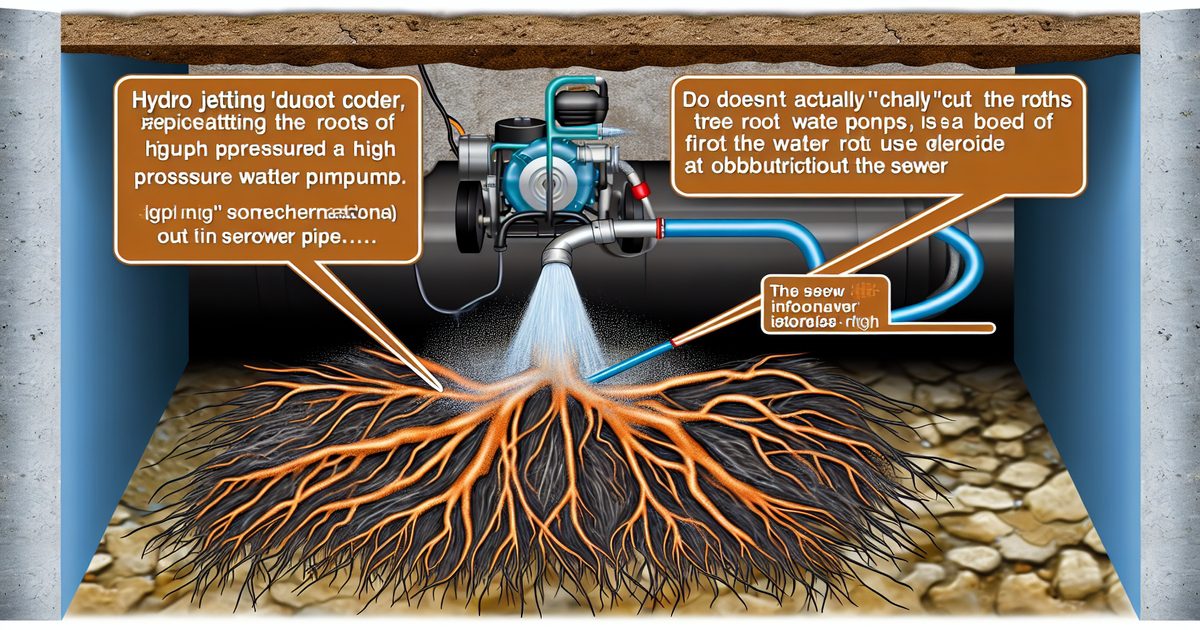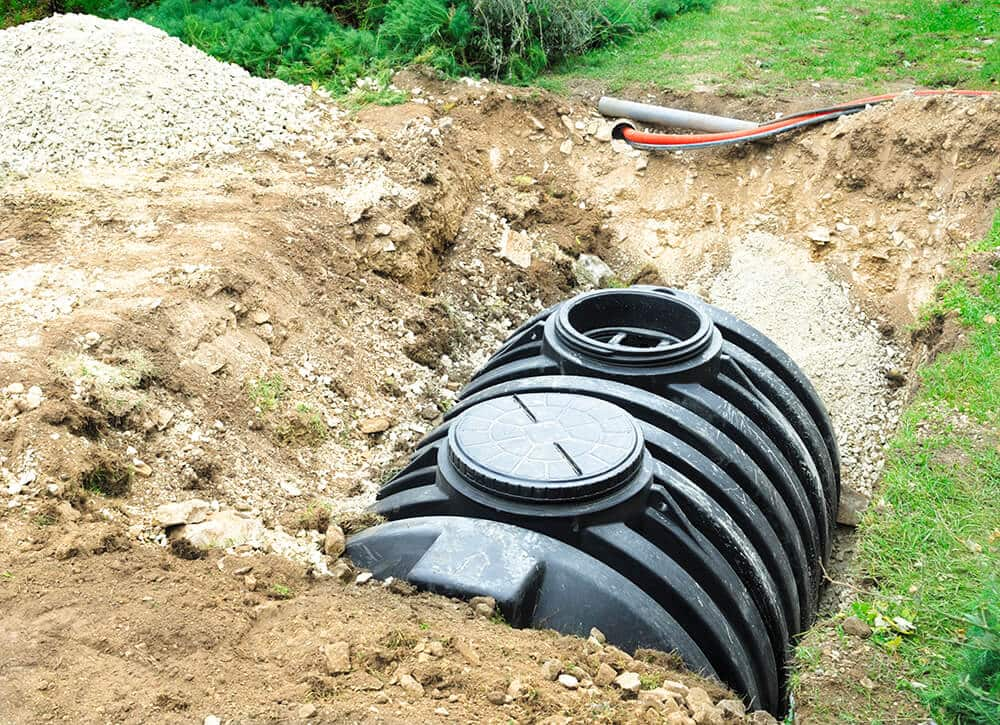To know when to pump your septic tank, monitor the sludge level every 1-3 years. A septic professional can perform an inspection and help determine the appropriate pumping schedule based on the size of your tank and number of occupants in your household.
Maintaining a properly functioning septic system is crucial for a healthy and hygienic living environment. Regularly pumping your septic tank is a vital maintenance task that ensures the effective disposal of wastewater. However, determining the perfect time for pumping can be challenging, especially for those unfamiliar with septic systems.
We will outline how to know when to pump your septic tank by monitoring the sludge level and seeking professional assistance. By following these guidelines, you can keep your septic system in optimal condition and avoid costly repairs or environmental hazards in the long run.
Importance Of Regular Maintenance
Regular maintenance of your septic system is crucial to ensure its proper functioning and prevent potential issues. Understanding septic system maintenance is essential to know when to pump your septic tank.
Neglecting septic pumping can lead to costly consequences. Over time, accumulated solids can clog the system, causing backups and sewage overflow. This can result in expensive repairs and property damage.
Additionally, a poorly maintained septic system poses health hazards. When not pumped regularly, the sewage can contaminate groundwater and nearby water sources, leading to the spread of bacteria and diseases.
To avoid these problems, it is recommended to have your septic tank pumped every 3 to 5 years, depending on its size and usage. Regular inspections and maintenance by professionals can help identify any potential issues and address them promptly.
Early Warning Signs
• Slow drainage in sinks, toilets, and showers
• Persistent sewage odors in and around the house
Paying attention to these early signs can help you determine when it’s time to pump your septic system. If you notice slow drainage in your sinks, toilets, or showers, it could indicate that your septic tank is full and needs to be pumped. Persistent sewage odors in and around your house are another red flag. These odors are not only unpleasant but can also be a sign of a septic system that is nearing capacity. Gurgling noises from your plumbing fixtures, such as toilets or drains, can also be an indication of a full septic tank. Lastly, sewage backups or overflows are clear indicators that your septic system is in need of pumping.
Indicators Of A Full Septic Tank
| Indicators of a Full Septic Tank |
| Time since the last septic pumping: The most obvious indicator that your septic tank needs to be pumped is the amount of time since the last pumping. Septic systems typically require pumping every 3 to 5 years, depending on the size of the tank and the amount of usage. If it has been more than 5 years since your last pumping, it is likely time to schedule a service. |
| Factors that affect the frequency of pumping: Several factors can influence the frequency at which you need to pump your septic tank. These include the number of people living in your home, the amount of wastewater generated, and the size of the tank. Household habits, such as excessive water usage or the use of a garbage disposal, can also impact the frequency of pumping. |
| Estimating the size of the septic tank: Determining the size of your septic tank is crucial in understanding when it needs to be pumped. Septic tanks are typically sized based on the number of bedrooms in a home or the number of people living in it. If you are unsure about the size of your septic tank, you can contact a septic professional who can help you determine the appropriate pumping frequency based on its size. |
Professional Inspection And Assessment
Knowing when to pump your septic system is essential to maintaining proper functionality and avoiding costly repairs. Hiring a licensed septic contractor is the first step in assessing the condition of your system. These professionals have the expertise and equipment to perform a thorough inspection. Utilizing advanced diagnostic techniques, such as video camera inspections, they can identify any potential issues within the system. This allows them to accurately assess the condition of the septic tank and determine whether it needs to be pumped. Regular inspections are recommended every 3-5 years, but certain factors like household size and water usage may require more frequent pumping. By relying on a licensed septic contractor, you can ensure that your septic system is properly maintained, avoiding any potential problems down the line.
Understanding The Dangers Of Ignoring Signs
Neglecting septic pumping can lead to severe consequences. The first and most significant is the health risk associated with a full septic tank. When a septic system is not properly maintained, harmful bacteria and pathogens can contaminate the groundwater, leading to waterborne diseases and illnesses. These health risks can affect not only the homeowners but also the surrounding community.
Furthermore, a malfunctioning septic system can have a detrimental impact on the environment. When a septic tank is not pumped regularly, it can overflow and release untreated sewage into the soil and nearby water sources. This can lead to pollution of rivers, lakes, and groundwater, causing harm to ecosystems and wildlife. The excess nutrients from the untreated sewage can also promote the growth of harmful algal blooms, leading to further ecological imbalances.

Credit: qualitysepticincorporated.com
Pumping Process And Maintenance Tips
Knowing when to pump your septic tank is crucial for maintaining a healthy and functional system. Regular septic pumping not only prevents backups and unpleasant odors but also prolongs the lifespan of the tank. During the septic pumping process, a professional will locate the access lid, remove the contents of the tank, and inspect for any signs of damage or leaks. It’s important to note that the frequency of pumping depends on factors such as the size of the tank, the number of occupants in the household, and the volume of wastewater generated. For most households, pumping every three to five years is recommended.
To ensure the longevity of your septic system, regular maintenance is key. Avoid flushing non-biodegradable items such as wipes, tampons, and paper towels, as these can clog the system. Use water efficiently by spreading out laundry loads and fixing any leaks or drips. Additionally, refrain from pouring grease, oil, or harsh chemicals down the drain, as they can disrupt the natural breakdown of solids in the tank. Implementing these tips will help keep your septic system running smoothly and avoid costly repairs in the long run.
Frequently Asked Questions For How To Know When To Pump Septic
What Are The Signs That Your Septic Tank Is Full?
Signs of a full septic tank include slow draining sinks and toilets, gurgling noises, sewage backups, foul odors, and lush green patches in the drain field. Regular maintenance and pumping every 3-5 years can prevent issues and ensure proper functioning of your septic system.
How Often Do Septic Tanks Need To Be Pumped?
Septic tanks typically need to be pumped every 3 to 5 years. Regular pumping helps prevent overflow and sewage backups, ensuring the system operates smoothly. It’s essential to follow a maintenance schedule to avoid costly repairs and keep your septic system functioning optimally.
How Much Does It Cost To Empty A Septic Tank?
Emptying a septic tank typically costs around $200 to $400, depending on the size of the tank and its location. Routine maintenance can help prevent costly repairs in the long run.
What Time Of Year Is Best To Pump Septic Tank?
The best time to pump your septic tank is during spring or fall. These seasons provide optimal conditions for maintenance and ensure proper functioning. By scheduling pumping during these times, you can prevent issues and keep your septic system working efficiently.
Conclusion
Maintaining a septic system is crucial for every homeowner, and knowing when to pump it is vital. By monitoring the signs, such as slow drains, foul odors, or pooling water, you can take proactive steps to prevent costly repairs or damage.
Regular pumping not only ensures the system’s efficiency but also safeguards the environment. Remember, being proactive and following a routine maintenance schedule will save you time, money, and unnecessary stress in the long run.




